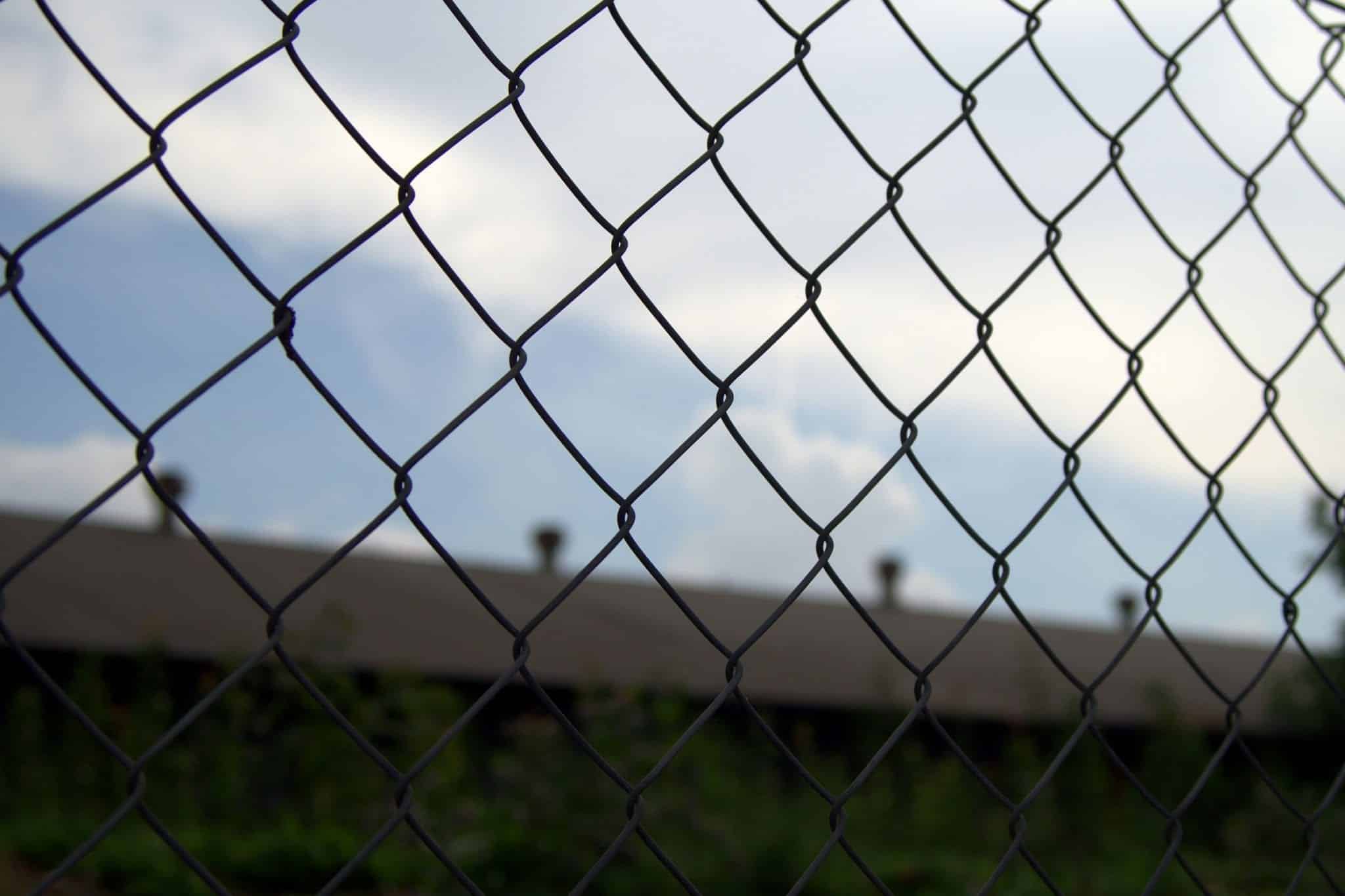Installing a fence is an excellent way of protecting your property and home. When you install a new fence, you’re essentially creating an extension of your home while simultaneously enclosing your yard. You’re also providing your property the security and privacy it needs from any outside threats. We’re going to discuss tips for planning your fence installation so you’ll know what to expect regarding design, budget, and everything in between.
Planning Fence Installation
No matter if you want to install fencing for decorative purposes, to surround your pool, a heavy-duty one for property protection, or one for privacy, it can be time-consuming and challenging to plan a fence installation. Here are some questions that typically come up during the planning process:
-
- What dimensions will the new fence installation cover?
- What kind of fence budget do I set up?
- What are the material options available?
- Will my neighbors be upset about my fence?
Those are just some of the questions you’ll be answering when planning your fence installation. As you continue moving throughout the planning phases, more will arise. For example, you’ll be looking at a variety of tools, materials, and options and wondering which is best for your property. Let’s look at this a bit more in-depth.
Why Do You Want to Install a Fence?
Before a fence installation can occur, you must assess your reasoning. That means, determining precisely why you need fencing on your property. You’ll also be figuring out what you’re hoping to achieve from this installation.
Some common reasons for building a fence include: establishing boundaries, creating privacy, curb appeal, safety, and security. As soon as you pinpoint your installation’s goal, that will help you choose the best system later on in the process.
So, think about it, why do you want this installation to occur? Here are some more reasons why people opt for adding a fence to their property:
- Securing their property against thieves and vandals
- Preventing children and other unwanted guests from walking through their yard
- They have worries regarding children and pets falling into their pool
- Adorning their yard with elegant and beautiful fixtures
- Their neighbor has an unsightly or messy yard they want to conceal
- Enhancing their yard’s privacy
- They desire to have a safe place for their dogs to run and play
Figuring out your priorities and what you want to achieve with your fence will allow you to progress with the next phase in the process. That means deciding what type of fence installation plan is right for your property.
For example, if you have worries regarding your neighbors snooping when you’re swimming in your pool, a privacy fence plan may be optimal. However, if you’re looking for an aesthetically pleasing option, an ornamental fence plan might be best.
Determine Your Fence’s Size and Create a Budget
During this phase of Planning Fence Installation, you’re determining the rough estimate regarding the size you need and a fence budget. Begin by grabbing a tape measure and blocking out the boundaries. You can also look at your home’s paperwork to determine these boundaries. Write down these figures and use these numbers to determine what type of fence is affordable.
During the estimating phase, you may need to make adjustments to your original figure. That occurs when you discover the costs of your favorite materials might be too high, and you have to adjust accordingly. If you’re on a tight budget, you’ll also make adjustments as you find ways to make things more cost-efficient.
Fence installation costs can add up quickly when factoring in labor and materials. One of the best ways to save on the installation is to shop around for inexpensive materials and complete the installation yourself. You can also shop around for reputable contractors who are affordable.
What Material Do You Want?
After considering the size and budget, it’s time to look at what type of materials you want for your installation. In today’s marketplace, a wide variety of materials are available. These materials include aluminum, chain-link, steel, vinyl, wood, wrought iron, and so on.
The best recourse is to study these options in-depth. That way, you’re sure you can live with this installation for decades. In the meantime, here are some descriptions to help you along with your research:
- Aluminum: this option is durable and low-maintenance, but doesn’t offer any privacy. It’s available in a variety of beautiful colors and designs and works well when you install it on sloping landscapes.
- Chain-link: even though this is an affordable and durable option, it lacks aesthetic appeal. Many consider this option pedestrian and rugged compared to other materials.
- Steel: this material is not only strong, but it’s also heavy. Because of its heftiness, you’ll need professionals to install this fencing. It works best in industrial environments.
- Wood: here’s a classic material, but it’s also pricy. You’ll need to paint or treat it regularly. Before choosing this option, consider that moisture, termites, and weather may become an issue.
- Wrought-iron: even though this is beautiful, it’s difficult to install and heavy. Depending on your location, it might also develop rust. Therefore, it might be necessary to sand and repaint areas where chipping occurs.
Before making a decision, research all materials thoroughly. That way, you know you’re making an educated decision. Don’t underestimate how essential it is to use quality materials when planning this installation.
Have Neighborly Discussions
During some point in the process, like before you begin the plan fence post, you should start discussions with your neighbors. That way, they know about your fence design plans before they start. There is a broad range of critical reasons this must occur.
First, you’re ensuring you and your neighbor agree with property line locations. If necessary, hire a land surveyor and check your plat. Second, if the fence divides your properties, your neighbor might be willing to split the costs.
Under most circumstances, neighbors won’t offer to split costs upfront. However, if they want to provide input regarding the design or materials of the fence, that it’s worth the suggestion. For example, if they come to you with a picket fence plan, then they would be part of the financial and material decisions. Third, always be polite during these neighborly discussions.
Call Your Utility Companies
It’s a bad idea to dig a fence post near pipes or lines. If you don’t know where theses are, then you must contact your utility company to mark them out. Otherwise, your neighbors and everyone in your household will hate you.
Knowing where your lines and pipes are will prevent paying fines, as well as any resulting damages that may occur. For example, you may accidentally snip a cable or open a water pipe leading to your street. Both of those situations are nightmares. Use a fence planning tool to keep track of where all these line-markings are in case they get washed away in the rain.
Create a Checklist

Planning Fence Installation isn’t complete without proper organization. That means having checklists for everything. When you have these lists, you’ll know what materials you have left, if you need extra funds, and whether or not you’re staying on budget. If you bought the wrong amount of materials, or too much, you could have avoided that by using a checklist.
A checklist also gives you something to compare your estimate to throughout the process. When you purchase materials, create a schedule, and address any permit issues, you can work against your checklist and fence planning tool.
Make Sure There are No Obstacles
Making sure there are no obstacles before fence installation occurs will likely be the most straightforward part of this process. You’ll walk the line where the fence installation will occur. Do you see anything that will prevent your plans from coming to fruition?
Common obstacles include tree stumps, rocks, or anything else protruding from the ground. If you find anything that will impede the process, address these issues immediately. Otherwise, you’ll experience delays in your installation. If you’re working with a contractor, those delays could become costly.
Another obstacle is failing to plan for land slopes. Depending on the material you’re using, that may mean cutting and adjusting. If you’re not planning for this ahead of time, that could become costly. Therefore, you must make these measurements ahead of time.


